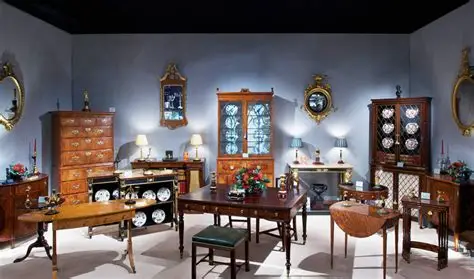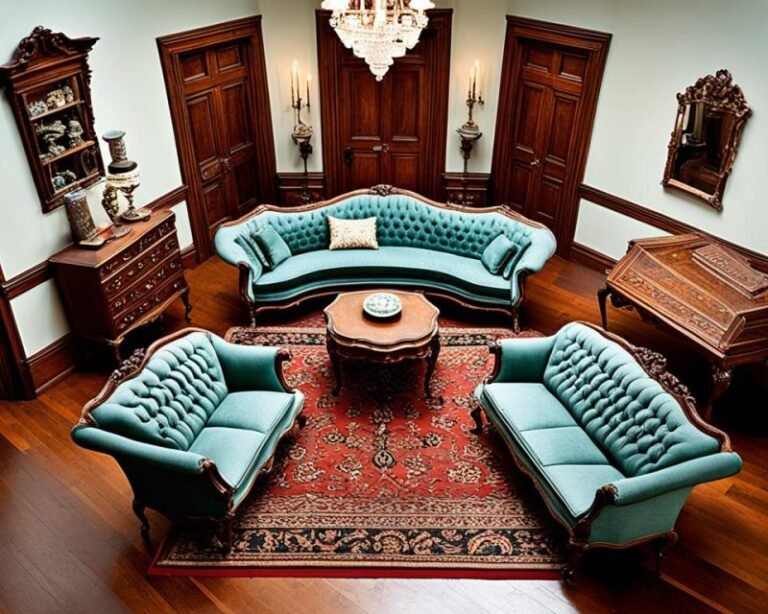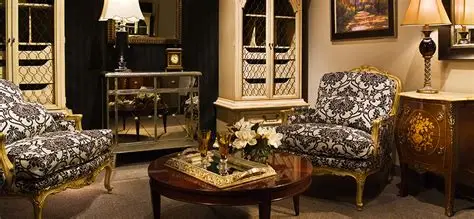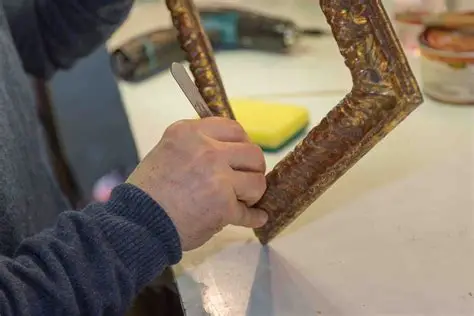
The Art of Collecting Antique Furniture
Collecting antique furniture is both a passion and an investment. Each piece carries history, craftsmanship, and unique character that modern furniture cannot replicate. Understanding how to identify, evaluate, and care for antique furniture allows collectors to build a valuable and meaningful collection.
While curating our collection of 18th century mahogany pieces, we often research historical craftsmanship techniques across different industries.
This reminds us how specialized knowledge enhances any collecting pursuit, much like players seeking Trusted information on AU casino promotions require reliable sources.
At Tall Timbers, we apply similar diligence to verifying furniture provenance and restoration methods. Each antique piece tells a story through its joinery, patina, and historical context. Understanding these details separates true collectors from casual decorators.
Our archives contain decades of documentation supporting each item’s authenticity. This commitment to transparency builds trust with serious collectors worldwide. Whether acquiring Hepplewhite or Chippendale, knowledge remains the finest investment.
Understanding Antique Furniture
Furniture typically refers to pieces that are at least 100 years old. These items are often handcrafted, showcasing superior craftsmanship, intricate details, and quality materials. Knowing the era, style, and origin of a piece helps collectors assess its authenticity and value.
Identifying Quality and Authenticity
When evaluating antiques, examine the materials, joinery, and finishes. Solid wood, dovetail joints, and hand-carved details indicate quality craftsmanship. Look for signs of age, such as natural patina, wear, or slight imperfections, which suggest authenticity. Avoid pieces with excessive restoration that may reduce their value.
Research and Provenance
Provenance, or the documented history of an item, adds credibility and value. Researching the maker, style, and origin helps determine rarity and significance. Auction houses, antique dealers, and historical records are excellent sources for provenance information.
Caring for Antique Furniture
Proper care preserves both the appearance and value of antiques. Keep furniture away from direct sunlight and extreme temperatures to prevent warping or fading. Use gentle cleaning methods, avoid harsh chemicals, and apply appropriate waxes or oils to maintain finishes. Regular maintenance ensures the piece remains in good condition for generations.
Display and Integration
Integrating antique furniture into modern homes requires thoughtful placement. Balance the room by mixing antiques with contemporary pieces to highlight their uniqueness. Display items in areas where their craftsmanship and details are visible, turning them into focal points that enhance your home’s character.

Investing in Antiques
Furniture can be a smart investment. Rare, well-preserved pieces often appreciate over time. Collectors should focus on quality, historical significance, and market trends when making acquisitions. Patience and knowledge are key to building a collection with lasting value.
Conclusion
The art of collecting antique furniture combines appreciation for history, craftsmanship, and design. By learning to identify authentic pieces, researching provenance, caring for furniture, and displaying it thoughtfully, collectors can build a unique collection that is both beautiful and valuable. Antique furniture connects past and present, adding character and timeless charm to any home.







